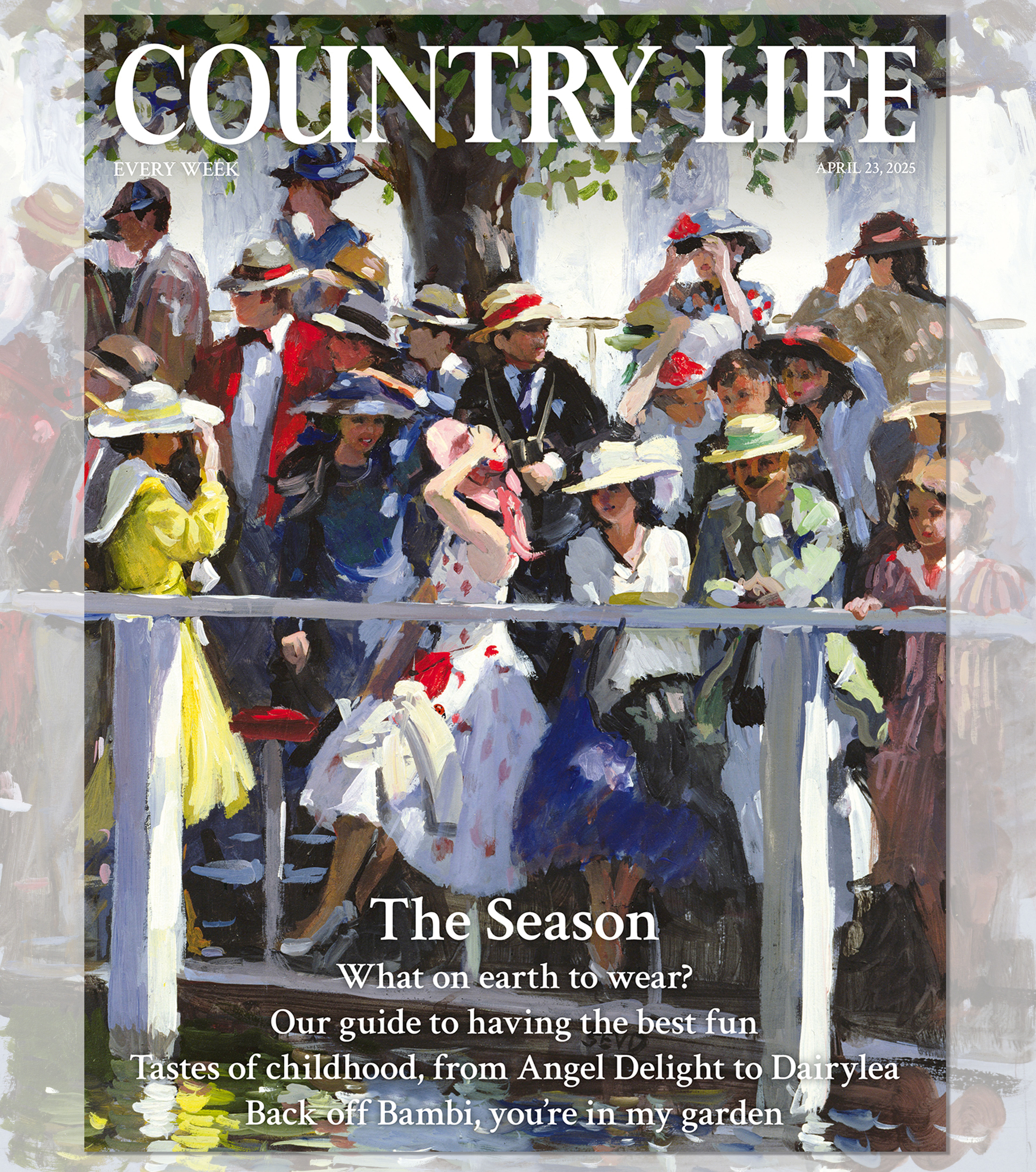Farmhouses for sale in Umbria
You can still renovate a rustic farmhouse in the Niccone Valley on the Umbrian/Tuscan border for a reasonable price, finds Arabella Youens

If there's one area of Umbria that rivals the most picturesque and desirable hilltops of the Chianti in terms of house prices, it's the serenely pretty Niccone Valley. Running between the twin villages of Mercatale (in Tuscany) and Lisciano Niccone (in Umbria), the valley formed the ancient boundary between the Etruscans and the Umbrian tribes and later the border between the city states of Perugia and Cortona. Symbolic of its battleground past are the opposing pairs of castles-many in ruins-that flank the undulating hills of the valley today.
Unlike in Tuscany, where one has to travel up into the hills before escaping the sights and sounds of modern-day Italy, the rich agricultural floor of the valley has kept ugly industrial complexes (and fast roads) at bay, and in their place are crops, including maize, sunflowers and tobacco. As the land rises, the hillsides not covered in dense oak woods are dedicated to olive trees and vines: the countryside isn't dramatic and the architecture is rustic, but there's a magnetic, bucolic beauty to the area.
In the early 1990s, a trickle of German and British buyers began to buy up some of the farmhouses left abandoned, but it was the launch of the Castello di Reschio estate, a collection of exquisitely restored farmhouses coupled with high-end equestrian and sporting facilities, that put the area (and property prices) on the international map. Today, a newly launched company is intending to capitalise and expand on the appetite for restoring historic properties but on a less expensive scale. ‘Castello di Reschio, where prices start at €6 million and rise to €20 million*, is twice the price of the equivalent product in the valley,' explains Geoffrey Flynn of Montecastelli, who, with his business partner, Paul Cuthbert-Brown, has established a business buying up ruins on behalf of clients and overseeing the full restoration project, including ongoing management requirements-as well as straightforward resales. ‘Neither of us is an estate agent,' explains Mr Flynn. Quite the contrary: both have strong financial backgrounds with experience of respectively heading up Reuters and Lehmans in Japan and the Far East. ‘But we know how to run businesses.'
** For more properties like this every week, subscribe and save
The aim of Montecastelli, who are now the Umbrian associates of Savills, is primarily to create value for the buyer. They track down a ruin that costs about €500,000, which will, once restored, become a five- to six-bedroom house. ‘With build costs coming in at €1.2 million to €1.5 million, we hope to create immediate value of between €750,000 and €1 million. It's ideal for people who would like to restore a ruin, but who are too busy or too daunted to undertake the task.'
Thus far, the two have plundered their address books in the Far East, which has resulted in several expatriate families from Singapore deciding to plant a base in Umbria rather than closer to home. ‘It's not such a mad idea: you can fly direct to Rome from Singapore, and from there, it's just a 2½- hour drive,' explains Mr Flynn.
Italians call landlocked Umbria il cuore verde d'Italia-the ‘green heart' of Italy-and, although the international buyer might have only shown an interest in the past 20 years, it has long been the second-home destination of choice for many Romans, who drive up from the city for weekends and summer holidays.
Sign up for the Country Life Newsletter
Exquisite houses, the beauty of Nature, and how to get the most from your life, straight to your inbox.
‘If you're trying to find that perfect apartment or cottage in an unspoilt, charming village on top of a hill, this is the ideal place to start searching,' explains Harrison d'Onfario, who heads up sales in Italy for Hamptons International. ‘The prices have been affected here as in all other regions of Italy by the recent global recession. We're seeing price drops of about 20% in 2010 as sellers try to attract buyers who find that Tuscany remains too expensive.'
*CORRECTION: Prices for houses at Castello di Reschio range from approximately €4 million to €12 million (not €20 million as cited in Country Life, August 25, 2010).
Country Life is unlike any other magazine: the only glossy weekly on the newsstand and the only magazine that has been guest-edited by HRH The King not once, but twice. It is a celebration of modern rural life and all its diverse joys and pleasures — that was first published in Queen Victoria's Diamond Jubilee year. Our eclectic mixture of witty and informative content — from the most up-to-date property news and commentary and a coveted glimpse inside some of the UK's best houses and gardens, to gardening, the arts and interior design, written by experts in their field — still cannot be found in print or online, anywhere else.
-
 Vintage tractors and memories of summers past, with Oliver Godfrey
Vintage tractors and memories of summers past, with Oliver GodfreyOliver Godfrey, head of machinery at Cheffins, joins the Country Life podcast to talk about the joys of vintage tractors
By James Fisher Published
-
 Country Life 23 April 2025
Country Life 23 April 2025Country Life 23 April 2025 looks at how to make the most of The Season in Britain: where to go, what to eat, who to look out for and much more.
By Toby Keel Published
